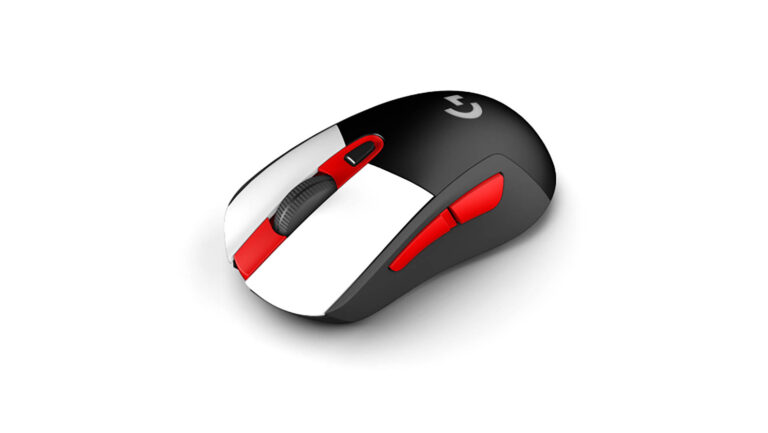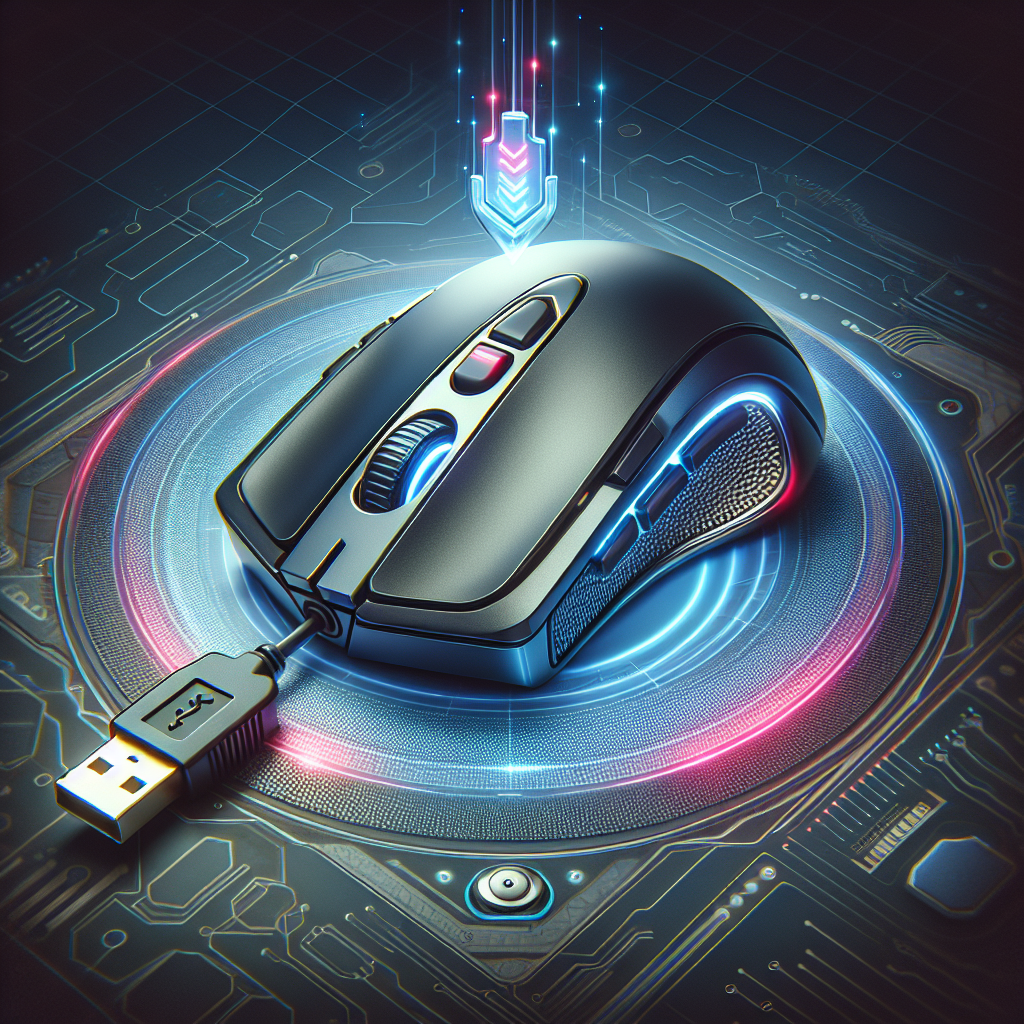Exploring the world of gaming peripherals, we often encounter the usual suspects, but the latest ultra-lightweight gaming mouse is redefining expectations. Despite its small stature, this mouse is a heavyweight in performance, showcasing that size isn’t indicative of capability. It’s an adorable yet surprisingly capable device that proves the most charming things come in small packages.

Design and Specifications of the Miniature Mouse
The gaming mouse in question is a marvel of miniaturization, weighing less than 10 grams and occupying a mere 18 cubic centimeters of space. The design process was meticulous, involving a custom PCB tailored around an existing optical sensor and microprocessor, both integral for emulating mouse functionality. The components, impressively small, were solder-masked onto the board with an old CPU acting as a makeshift palette knife, while the PCB itself was secured to an old heatsink. This unconventional approach yielded a fully functional device.
The mouse’s undercarriage features 3D printed skirts, ensuring the sensor maintains the correct distance from the surface for accurate tracking, while also serving as a glide-enhancing skate. The outer shell, also 3D printed, doubles as the housing and the actuator for the two microswitches beneath. In a whimsical nod to performance enhancement, the shell was printed in red.
| Specification | Miniature Mouse |
|---|---|
| Weight | < 10 grams |
| Volume | 18 cubic cm |
| PCB | Custom design |
| Sensor | Optical |
| Microprocessor | Included |
| Assembly | Solder-masked with CPU as palette knife |
| 3D Printed Components | Skirts and outer shell |
| Color | Red for performance |
Performance Testing and Results
The performance testing of the miniature mouse was a critical step in assessing its gaming capabilities. Aim Lab, a popular tool for measuring aiming accuracy, was used to compare the performance of the tiny mouse against that of a conventional gaming mouse. The results were intriguing, with the miniature mouse achieving a 55% accuracy score, while the regular mouse scored 66%. This suggests that while the miniature mouse is certainly capable, there is a noticeable difference in precision.
One of the challenges faced during testing was the influence of the cable’s weight on the mouse’s movement. Due to the mouse’s ultra-lightweight design, the cable’s weight became more pronounced, potentially affecting the user’s control and accuracy. This highlights the importance of weight balance in the design of gaming peripherals.
- Aim Lab Accuracy Score (Regular Mouse): 66%
- Aim Lab Accuracy Score (Miniature Mouse): 55%
- Observation: Cable weight impacts control and precision
Productivity Test: The Bob Ross Challenge
In a creative twist on conventional productivity testing, the miniature mouse was put through a unique challenge: emulating a painting by the beloved public broadcasting legend, Bob Ross, in MS Paint. This test was not only a fun homage to the iconic artist known for his “happy little trees” but also served as an unconventional method to assess the mouse’s precision and handling in a non-gaming context.
The concept of an esports tournament featuring the miniature mouse alongside Alienware’s colossal peripherals conjures a whimsical David and Goliath scenario. The author humorously speculates on the outcome of such an event, suggesting that despite the size disparity, the tiny, red-painted mouse might just have the competitive edge. It’s a playful reminder that in the realm of esports, innovation and skill can come in the most unexpected forms.

